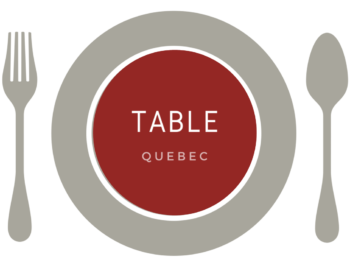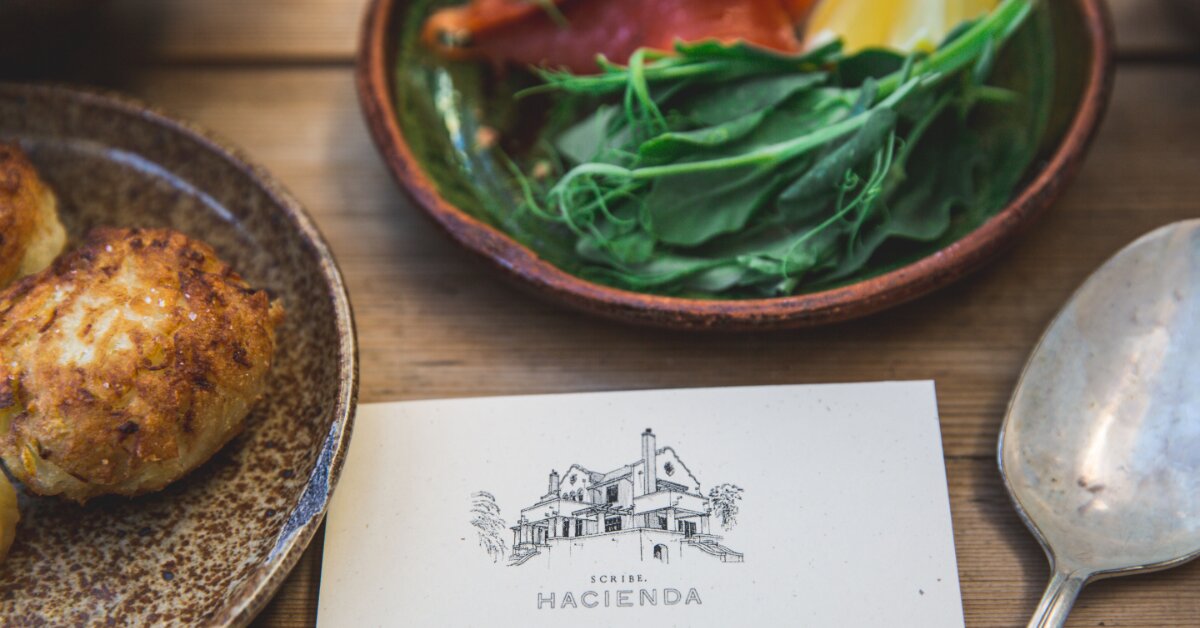Menu cards show the first impression of the restaurant vibes. Menu cards give the complete feel of the restaurant’s recipes and services. It also shows the style, culture, and tradition the restaurant follows. Thus, the menu cards should always reflect the style and atmosphere of a restaurant. When developing the card one should keep in mind the message it should pass. Customers should get the message from the menu card at the first glance itself. For the family kind of restaurant, its menu card should visually appeal to families. For a formal kind of restaurant, its menu card should look precise and conservative.
Menu cards don’t just show order items and it’s pricing, there’s more to it. The one who develops it goes through many considerations. For menu cards, the knowledge of demographics is more important. Generally, the pricing of the item depends on the average income of a person in that locality. You may notice the difference in the prices of the same items on the menu cards of several restaurants. The cost of living in a particular area decides item prices on the menu card. The same item would cost more dollars in a famous city than it does in a small town.
How does the demographic decide the menu card?
Demographic decides what item will be on the menu card. If the area has a large population of elders then the restaurant will give food discounts. Various strategies the owners will use so that the elders would feel convenient to buy from them. Print on the menu card should be larger so elders can read it.
If the area has the most families then the restaurants should have children’s menu cards.
If the area is for business purposes then the restaurants should have a formal menu card.
Because business people can feel the same atmosphere while having meetings there.
Menu card Items
Some menu cards have a huge list of items and some have limited dishes. The restaurant’s availability of items depends on the number of visitors. In some restaurants, from time to time several dishes’ availability changes daily. The items on the menu card are presented with groupings. Menu card groupings like Appetizers, Beverages, entrees, desserts, and side dishes. Some menu cards categorize food dishes in a varied way. Entrees category includes ingredients like seafood, pasta, and sandwiches. etc.
Usually, most restaurants start serving appetizers. Then progress from soups and salads. Later they show available entrees and side dishes to you. Then share the list of desserts and Beverages at last. Other menu sections have details from breakfast to lunch and dinner finally. Generally, all menu cards list the items from less expensive to costly in each category. Basically, this is not a great way to list the items on the menu. The strategy behind placing fewer cost items at the top is to get it to sell quickly. Another reason might be how uniquely the items need to be placed, so the visitors like it. Also, in some cases the restaurant wants their visitors to buy the top placed items first.
Illustrations on menu cards
Food item illustrations on menu cards usually appeal to every customer. Not just children or small kids who don’t know how to read. But also young and elders like it visually. Children get excited seeing the illustrations on the menu cards. And they point to the picture to order the item. Illustrations, photos, and graphic design of food items are pleasant to see for all age groups. You can get food photos from stock images or you can use a digital camera. Many good restaurants describe each food item along with price details.
Formal or business-centric restaurants don’t use illustrations on the menu card. It’s more word-oriented. Some restaurants also place the names of their chef and the history of a dish.
Colour of the menu cards
The colour of the menu card should reflect the restaurant’s personality. A bright colour suits family restaurants. For an Italian restaurant, red and white checked tablecloth suits as a background. For classic restaurants, the black and white colour of menus is classic. You can use scrolling letters for a classic restaurant. The font should follow in the same fashion. Avoid too many decorative fonts for a family restaurant because it’s hard to read. Parents with angry kids just order the food fast without noticing anything on the menu. So the letter font of the menus should not disturb the readability speed. Menus which have more than two columns are very boring. They give a newspaper vibe and restaurants should avoid it.
The shape of the menu cards
Nowadays, menu cards come in various sizes and shapes. Earlier the menu cards were in rectangular type that opened to a square shape. For instance, a pizza restaurant should have menu cards in a pizza shaped like a circular one. If the design of menus is precise and readable then certainly people will get attracted. If the menu cards look like creative fun then people will come for food with fun activities. The design of menu cards develops a similar vibe consciously in the minds of visitors. So they get lured away by seeing the menu cards. The design of the menu card decides how the visitor thinks about the restaurant.
Menu items become popular when they are liked mostly by local people. Such popular items should be placed in the top left panel of the menu. Because after opening up the menu cards, visitors’ eyes first get to see the top left panel. Also, the daily special items should be put in the same place. If the restaurant has some signature dishes, this is the menu spot where all eyes go. Prices should be placed in other areas after a description of an item. Placing them in a column, the customer will lose interest. Customers just look at the price to select the cheapest one first.
Thus, we have seen that there is a huge impact of a good menu card on the customers. A good menu card should reflect the best personality of the restaurant. The best menu card helps to generate a good amount of leads. The first impression of the restaurant is the last impression for the new customers.

